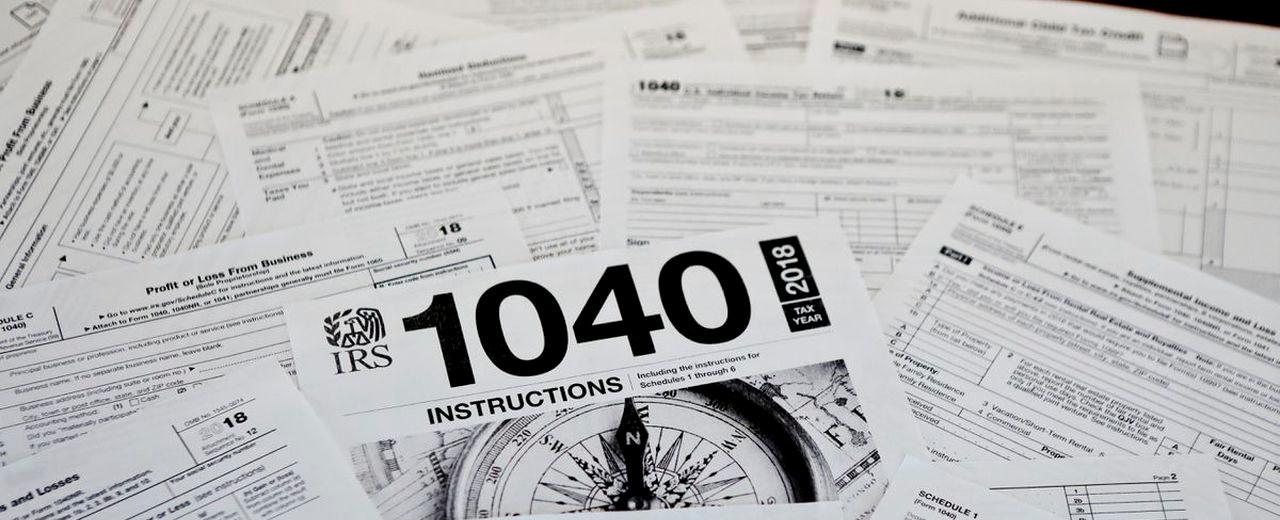Ohio has been cutting income taxes for almost 20 years. Are Ohioans better off?

Ohio has been reducing income taxes for almost two decades, but are Ohioans better off because of it? This is the question being asked in a recent article that caught our attention. According to the article, state lawmakers have reduced income taxes by over $5 billion since 2005, with the most recent cut happening in 2019. While some argue that these tax cuts have led to economic growth and job creation, others worry that they have led to decreased revenue for important services like education, healthcare, and infrastructure.
So, what does the data say? According to a report by the Institute on Taxation and Economic Policy, the income tax cuts in Ohio have primarily benefited the wealthy, with the top 1% of earners receiving an average annual tax cut of over $20,000, while the bottom 20% saw an average annual tax cut of just $3. At the same time, the state has seen a decrease in revenue, leading to cuts in funding for services like schools and colleges.
As someone who lives in Ohio, I have seen firsthand the impact of these cuts. While some may argue that the tax cuts have led to economic growth, it is important to consider who is benefiting and who is being left behind. As the article points out, the state’s poverty rate has remained stagnant, and the pandemic has brought to light many of the existing inequalities in our state, including access to healthcare and education.
Overall, the article highlights an important debate happening in Ohio and across the country - whether tax cuts are an effective tool for promoting economic growth and if they benefit all citizens equally. As citizens and voters, it is important for us to consider these issues and engage in the conversation.
Quick Links

